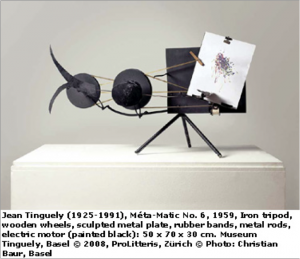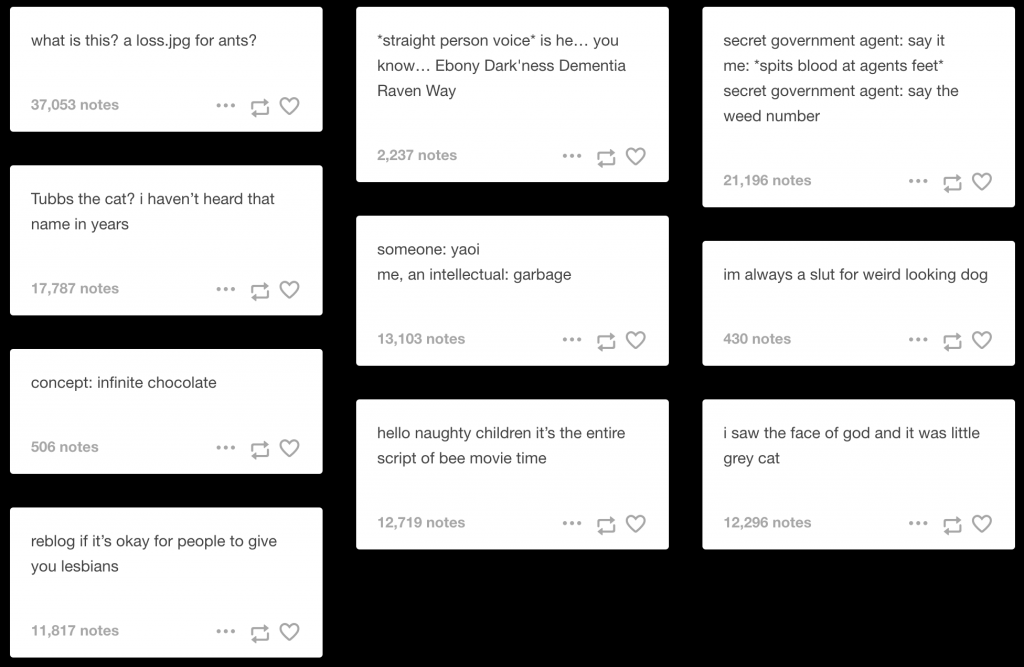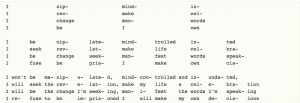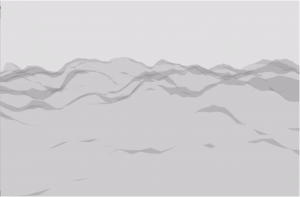Iasmus and Melomics109 are two artificial intelligences that can create music. Iasmus composes atonal chamber music, while Melomics composes more familiar poppy music.
The algorithms these programs use to create compositions follows an evolutionary process: a fragment of music is randomly generated, and then built upon following certain rules relating to music theory and structure.
Iasmus and Melomics are the projects of Francisco Vico, a computer scientist at the University of Malaga in Spain. They clearly reflect his interest in machine learning and neural systems: the way Iasmus composes music is modeled on the human creative process and the way new ideas are learned and built upon.
I really like the idea that if you were presented with something Iasmus or Melomics wrote, you couldn’t tell that it was written by a computer. I also think that the applications a music making program could have for the art form as a whole are pretty broad.
The project page for Melomics can be found here.
![[OLD – FALL 2016] 15-104 • COMPUTING for CREATIVE PRACTICE](../../wp-content/uploads/2020/08/stop-banner.png)











